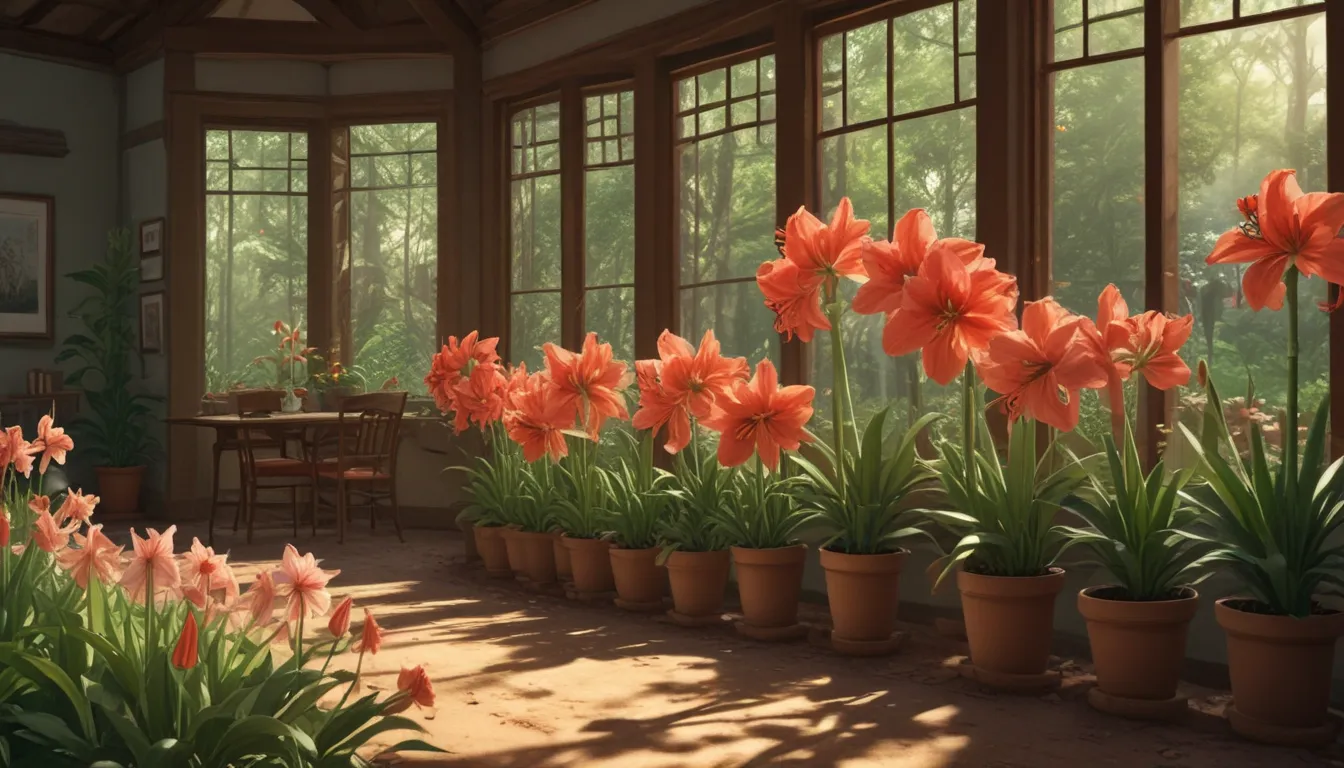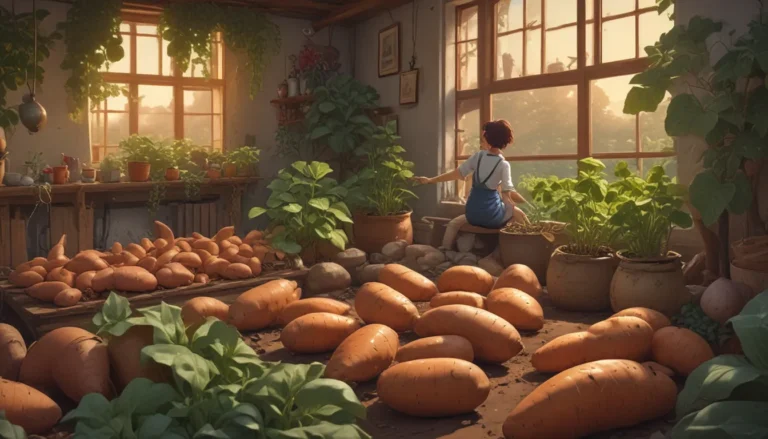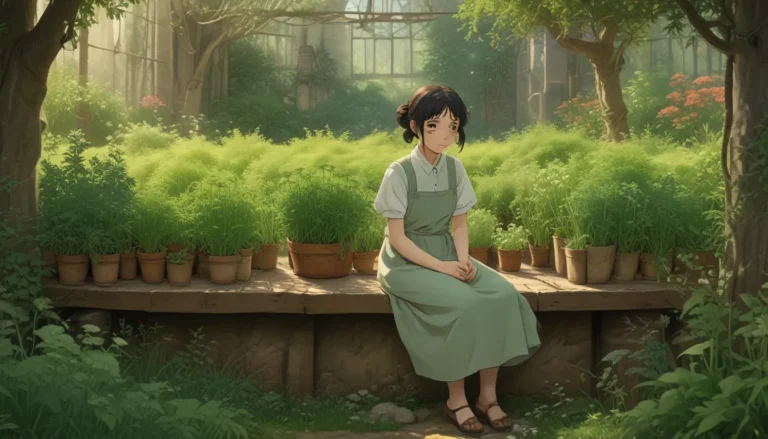Comprehensive Guide on How to Stake Amaryllis Flowers for Support

Amaryllis (Hippeastrum spp.) are adored for their stunning, extravagant flowers and their ease of care. However, once in full bloom, these plants can sometimes lean or become top-heavy, requiring staking to remain upright, especially those with full, double blooms.
Staking is commonly necessary for plants forced indoors in small pots, but those grown in larger containers and outdoor beds can also lean or flop over, benefiting from support as well. Adding a rod or pole for support offers strength and stability to the plant, although it’s essential to choose a support that is slim yet sturdy and doesn’t detract from the beauty of the flowers.
Whether you decide to create your own supports or purchase ready-made options, ensuring that amaryllis flowers are properly staked is crucial for maintaining their graceful appearance. Staking not only keeps the flowers upright but also enhances the overall visual appeal of the plant.
What You’ll Learn
In this informative guide, we will cover a variety of topics related to staking amaryllis flowers for support, including:
- Amaryllis Basics
- Stake Materials and Sizes
- Other Necessary Materials
- Make Your Own Loops
- Recommended Readymade Options
Amaryllis Basics
Amaryllis plants are large, frost-tender bulbs that produce spectacular, showy flowers. Often forced to bloom indoors during the winter holiday season, these bulbs send up dark green foliage and one to three flower stems per bulb, with as many as five flowers per stem. Growing anywhere from 12 to 24 inches in height, amaryllis plants are typically planted in small pots for indoor forcing.
To maintain these colorful beauties for years to come, proper care and maintenance post-flowering are essential. By supporting the flower stems with stakes, you can extend the life of your amaryllis plants and enjoy vibrant blooms each winter season.
Stake Materials and Sizes
When selecting materials for staking amaryllis flowers, it’s crucial to choose options that are sturdy enough to keep the flower stems upright. Materials such as bamboo, cedar, wire, fiberglass, metal, or poly rods can all serve as effective supports.
For plants in small pots, opt for rod sizes with a diameter of half an inch or less to ensure they fit comfortably between the bulb and pot walls. Larger rods are suitable for bigger pots or planters and outdoor beds.
When attaching flower stems to support rods, ensure that the stems are secured a few inches below the blooms for optimal stability. Additionally, the height of freestanding supports should match the height of the flowers, typically extending up to 24 inches above the soil, depending on the cultivar.
For an alternative to freestanding supports, looped supports can be crafted from wire or metal rods. These loops offer flexibility and adjustability, allowing you to support the stems without detracting from the beauty of the flowers.
Other Necessary Materials
In addition to the stakes themselves, you’ll need materials to attach the flower stems to the supports effectively. Options such as florist’s tape, decorative ribbons, twine, or plant clips can be used to secure the stems a few inches below the flower buds.
Ensure that the stems are attached to the supports when they are a couple of inches away from full height to provide ample support throughout the blooming process. Use gentle yet secure ties to hold the stems in place, avoiding damage to the plant.
Make Your Own Loops
For those feeling crafty, creating your looped supports can be a fun and rewarding DIY project. Using sturdy wire hangers and wire-cutting pliers, you can fashion custom loops to keep your amaryllis flowers upright throughout their growth cycle.
By following a few simple steps, including shaping the wire hanger into a rectangular loop with a stake, you can create a customized support system for your plants. Insert the base end of the loop into the soil as new growth emerges, and adjust as needed to support the stems and foliage.
Recommended Readymade Options
For those who prefer ready-made solutions, there are numerous commercial options available to support amaryllis flowers with style and ease. Popular choices include adjustable support kits, brass stakes, natural bamboo rods, mini plant supports, and steel core garden stakes, each offering unique features to keep your plants upright and flourishing.
Whether you opt for adjustable extension rods, spiraling loop stakes, or eco-friendly bamboo supports, these commercial options are designed to provide sturdy and attractive solutions for staking amaryllis flowers.
Keep Stems Tall and Straight
To ensure that your amaryllis flowers remain tall and straight throughout their blooming period, it’s essential to place your supports a few inches below the flowers. By positioning the stakes early in the growth cycle, you allow the twining roots to anchor the stems securely, promoting healthy growth and blooming.
Additionally, rotating your pots a quarter turn every few days can help prevent the plants from leaning or becoming unstable, promoting tall, straight growth and vibrant blooms. By following these tips, you can enjoy a stunning display of amaryllis flowers for years to come.
In conclusion, staking amaryllis flowers for support is a simple yet effective way to maintain the beauty and elegance of these showy plants. By selecting the right materials, attaching the stems securely, and providing adequate support, you can ensure that your amaryllis flowers remain upright and visually stunning throughout their blooming period. Whether you choose to create your own supports or invest in ready-made options, staking is a valuable practice for maintaining healthy and vibrant amaryllis plants.
Have you staked amaryllis flowers before? What techniques have worked best for you? Share your tips and experiences in the comments below!
For more information on growing, propagating, and caring for amaryllis plants, be sure to explore our related guides on these topics:
- How to Propagate Amaryllis Bulbs
- 17 Awesome Amaryllis Varieties to Grow Indoors or Out
- When and How to Repot Amaryllis Bulbs
- Tips for Growing Amaryllis in the Garden
References:
– Burpee
– Gardener’s Supply Company
– Home Depot
– Hydrofarm
Images courtesy of Lorna Kring.





